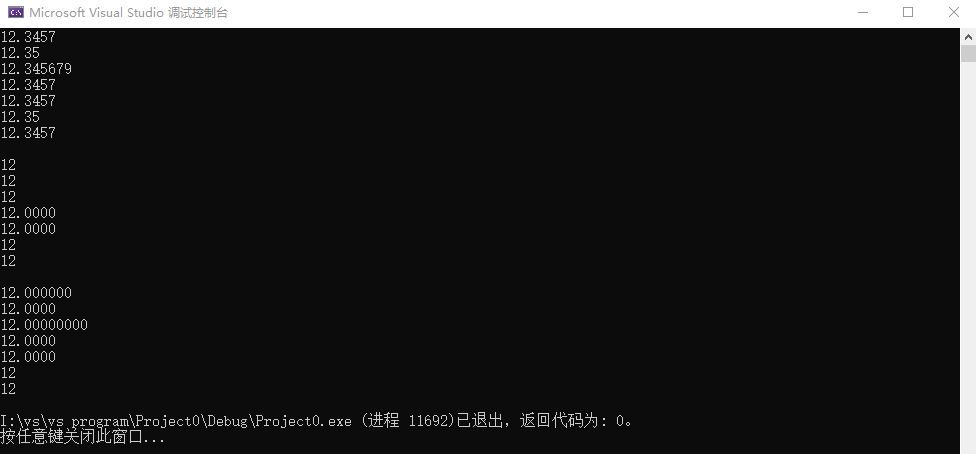题目首先从编程算法出发的话其实是道简单题(甚至说水题),就是其中关于卡牌重心位置的计算用到了一些遗忘了的物理知识。鉴于大二原专业学过理论力学的自己感觉有必要记录一下(表示真的不会算力学题了些微伤心。
此外,这题还设计了输出格式的要求:
- 输出字符的长度要求
- 对齐要求(不过实际代码默认地就是靠对齐了)
- 小数点后精确数位要求
Deck(桌檐叠卡牌)
Memory Limit: 65536/32768 K (Java/Others)
Problem Description
A single playing card can be placed on a table, carefully, so that the short edges of the card are parallel to the table’s edge, and half the length of the card hangs over the edge of the table. If the card hung any further out, with its center of gravity off the table, it would fall off the table and flutter to the floor. The same reasoning applies if the card were placed on another card, rather than on a table.
Two playing cards can be arranged, carefully, with short edges parallel to table edges, to extend 3/4 of a card length beyond the edge of the table. The top card hangs half a card length past the edge of the bottom card. The bottom card hangs with only 1/4 of its length past the table’s edge. The center of gravity of the two cards combined lies just over the edge of the table.
Three playing cards can be arranged, with short edges parallel to table edges, and each card touching at most one other card, to extend 11/12 of a card length beyond the edge of the table. The top two cards extend 3/4 of a card length beyond the edge of the bottom card, and the bottom card extends only 1/6 over the table’s edge; the center of gravity of the three cards lines over the edges of the table.
If you keep stacking cards so that the edges are aligned and every card has at most one card above it and one below it, how far out can 4 cards extend over the table’s edge? Or 52 cards? Or 1000 cards? Or 99999?
Input
Input contains several nonnegative integers, one to a line. No integer exceeds 99999.
Output
The standard output will contain, on successful completion of the program, a heading:
# Cards Overhang (that’s two spaces between the words) and, following, a line for each input integer giving the length of the longest overhang achievable with the given number of cards, measured in cardlengths, and rounded to the nearest thousandth. The length must be expressed with at least one digit before the decimal point and exactly three digits after it. The number of cards is right-justified in column 5, and the decimal points for the lengths lie in column 12.
Sample Input
1 | 1 |
Sample Output
The line of digits is intended to guide you in proper output alignment, and is not part of the output that your solution should produce.
1 | 12345678901234567 |
Source
原题链接
More info:Question
cout输出控制(复习)
之前其它的hdoj题目中也有类似的输出格式要求题目,详见:
More info:hdoj1012
More info:hdoj1014
小数位数的控制
首先是头文件
1 | #include <iomanip> |
然后就是用法了
1 | cout << fixed<< setprecision(n)<< 变量; |
当然,通过这次的题目还发现了一写小细节问题,之前都没怎么注意的。原来cout输出时,默认地,会删除掉多余的小数点后的0。于是去搜了一下怎么让cout输出不去删掉小数点后多余的0:
1 | cout.setf(ios_base::fixed,ios_base::floatfield); |
然后以下是自己结合网上给的关于控制小数位数的一些测试代码:
1 |
|
测试代码的运行结果:
cout输出位数控制———整体输出位数的控制
通过setw(n)方法设置下一个输出量时,设定输出的长宽为n个字符。输出量不达n个字符时,会在输出量左边填补对应的空白;若宽于n个字符,则按实际需要全部输出:
1 |
|
运行结果示意:
cout靠左或者靠右输出的设置
1 | //默认是右对齐. |
物理相关计算与证明
这里主要证明当认为卡牌长度为单位1,每次增加一张卡牌时,最底端的卡牌总是多于桌檐儿的长度为:L(i)=$\frac{1}{2 * i }$
力矩
力矩 (moment of force) 力对物体产生转动作用的物理量。力对轴的矩是力对物体产生绕某一轴转动作用的物理量,其大小等于力在垂直于该轴的平面上的分量和此分力作用线到该轴垂直距离的乘积。

杠杆原理
杠杆又分称费力杠杆、省力杠杆和等臂杠杆,杠杆原理也称为“杠杆平衡条件”。要使杠杆平衡,作用在杠杆上的两个力矩(力与力臂的乘积)大小必须相等。即:
平衡条件时的计算证明

对于i张卡片的最佳摆法,我们只需要在i-1张卡片的摆法下面加一张边缘与桌檐重合的卡片,并将所有卡片一起向桌檐外移动。
对于一种最佳摆法,其中心一定在桌檐上,所以一定符合杠杆原理,支点是桌檐。
那么对于i张卡片的情况,我们假设第n张向外移动了x,那么前n-1张的重心就在桌檐外x,因为他们的重心在i-1张卡片时原本在桌檐上。
第i张卡片的重心在桌檐内0.5-x处(规则的矩形重心在几何中心),那么我们可以列出杠杆平衡方程:
解得:x=$\frac{1}{2 * i }$
所以:
第一张为 $\frac{1}{2}$
第二张为 $\frac{1}{2}$+$\frac{1}{4}$
第三张为 $\frac{1}{2}$+$\frac{1}{4}$+$\frac{1}{6}$
……………………
Accepted代码
1 |
|
参考博客
博主 金海峰的博客 的poj1607
博主 谙忆 的HDOJ 1330 Deck(叠木块-物理题啊!贪心算法用到了一点)
Author: Zoey
Link: https://zoey1038569979.github.io/2019/08/20/hdoj1330/
Copyright: All articles in this blog are licensed under CC BY-NC-SA 3.0 unless stating additionally.